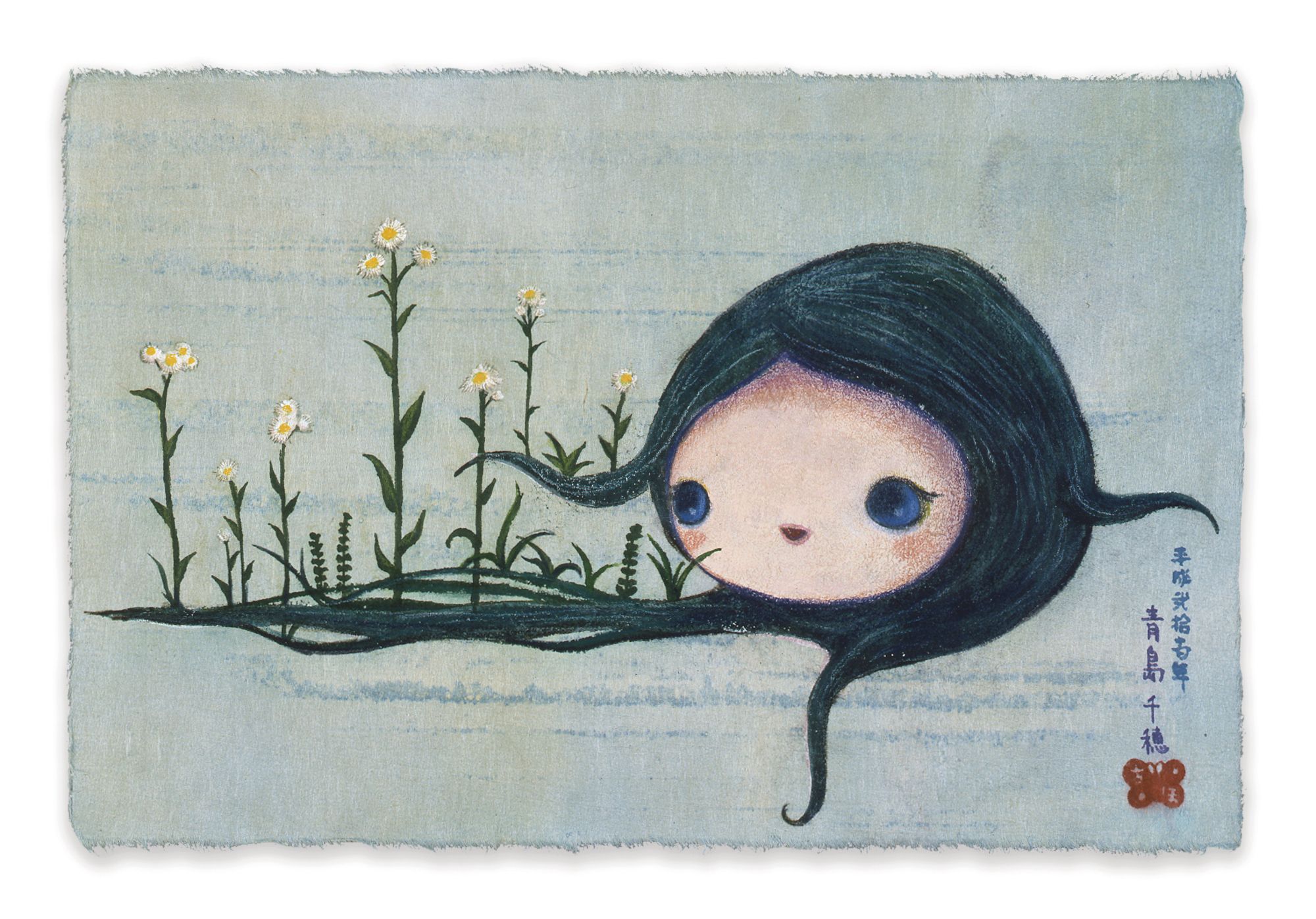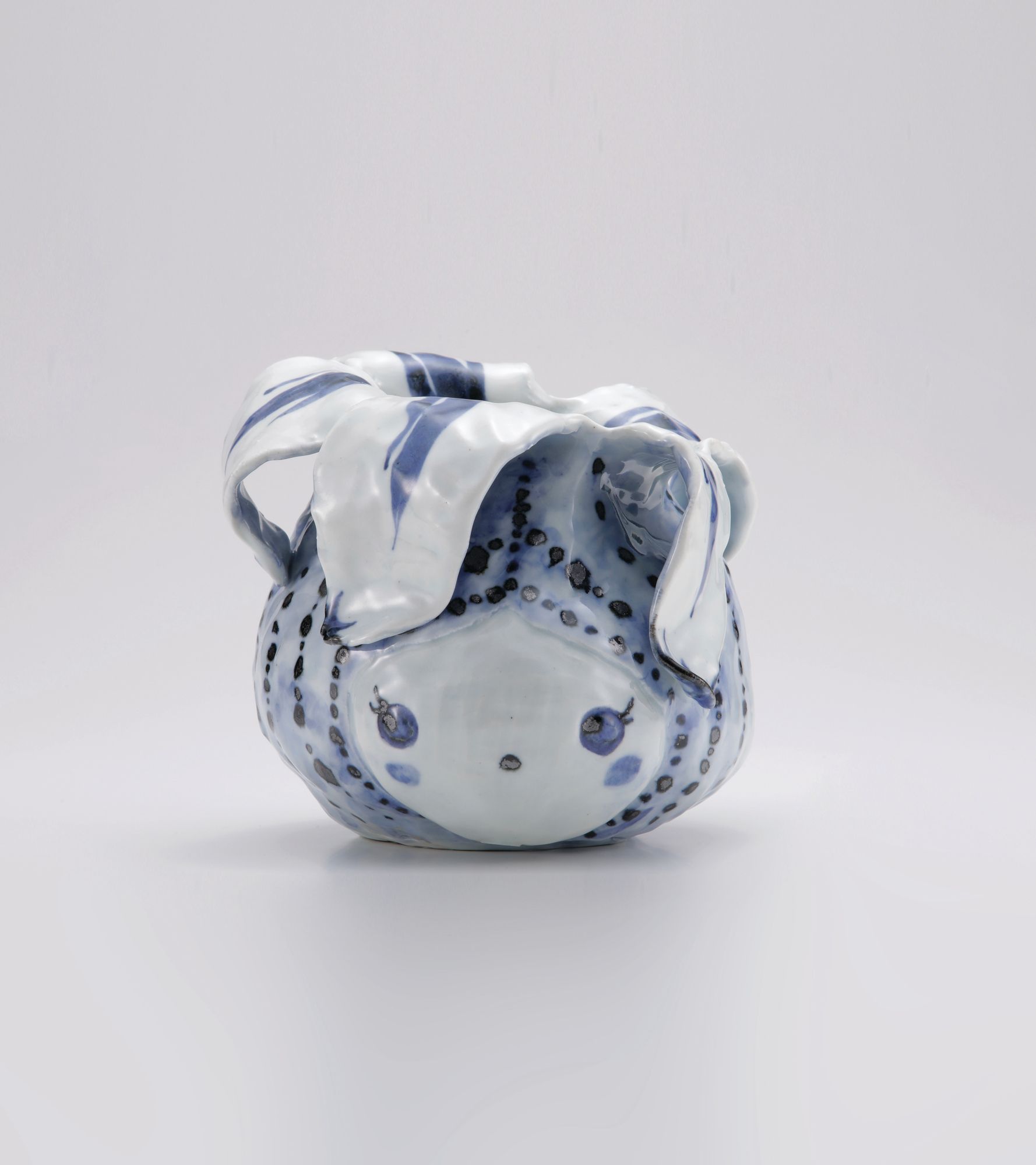Japanese artist Chiho Aoshima makes captivating drawings, sculptures and animations that mix earthly imagery with supernatural stories—as seen in her new show in Hong Kong
For a brief moment in 2004, people thought Chiho Aoshima might be a witch. The Japanese artist had shown a monumental, 32-metre-long mural at the prestigious Carnegie International exhibition in the US featuring a tsunami barrelling towards a coastal city. Two months later, the Boxing Day Tsunami swept through the Indian Ocean, devastating communities around Asia and killing more than 220,000 people.
The timing was too much for some gallery-goers to believe was a coincidence, especially as a tsunami that size hadn’t been seen for centuries. “She was rumoured to have a certain witch-like prescience,” recalls fellow artist and titan of the Japanese art scene Takashi Murakami, who employed Aoshima as an assistant in the early 2000s before recognising her own talent. He later helped fund her first exhibitions and began representing her at his gallery, Kaikai Kiki (and, rather discreetly, he later married her).
See also: 10 Hong Kong Art Exhibitions to See In October 2020

Mythical Presence
Her unfortunate timing did nothing to harm Aoshima’s career—nor did the reaction dent her interest in the supernatural. She has since populated her trademark glossy digital prints with mythical yokai, demons from Japanese folklore, and made drawings on rice paper of ghostly young girls haunting graveyards. In 2015 she debuted an animation of a long-haired, sprite-like girl who crawls out of the crater of a volcano and unleashes a string of natural disasters on a city. That work was shown at her major solo exhibition, Rebirth of the World, at the Asian Art Museum in Seattle (SAM), one of several leading institutions that have championed Aoshima’s dreamlike art and her exploration of the otherworldly.
But speaking from her home in Kyoto before her latest works go on show at Perrotin in Hong Kong this month, Aoshima is keen to emphasise that her art is not only about the ethereal—it’s also about the earthly. “When I was a child, I would get scared easily. I believed in the existence of spirits and monsters, though I was never fascinated with them,” she remembers. “As I grew up, talking to people became a painful experience [but] nature healed me.”
See also: Eaton HK's Director Of Culture Chantal Wong's Guide To Art Galleries In Kowloon








